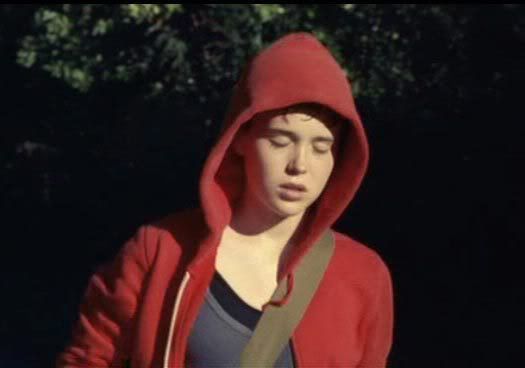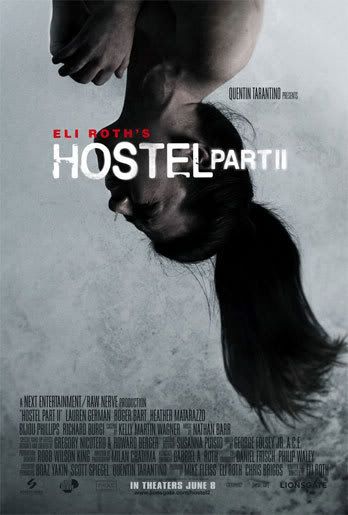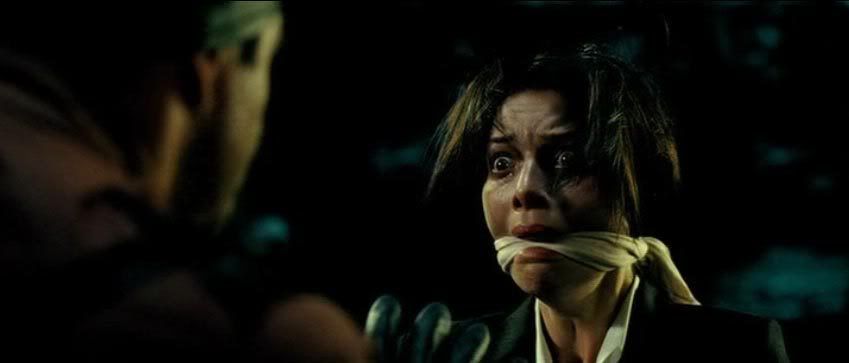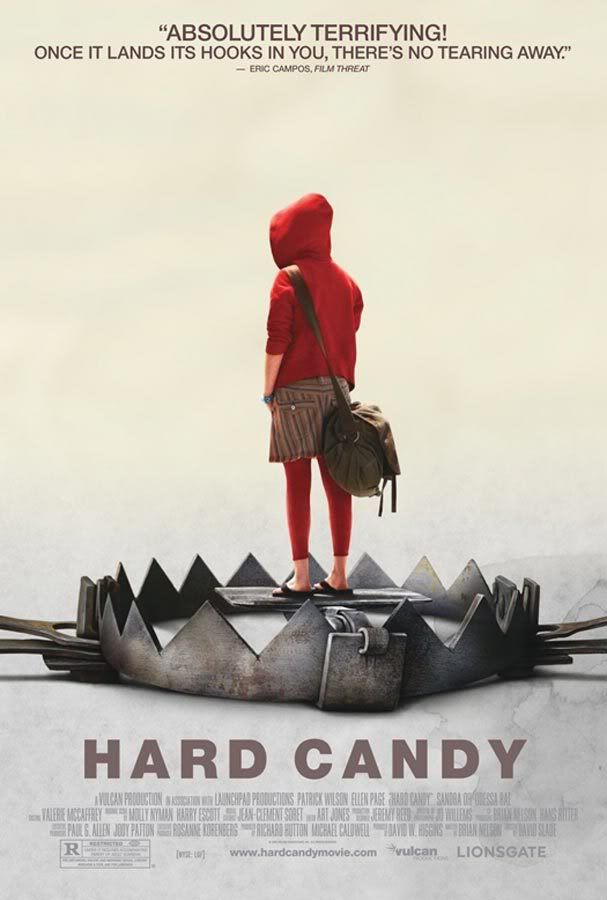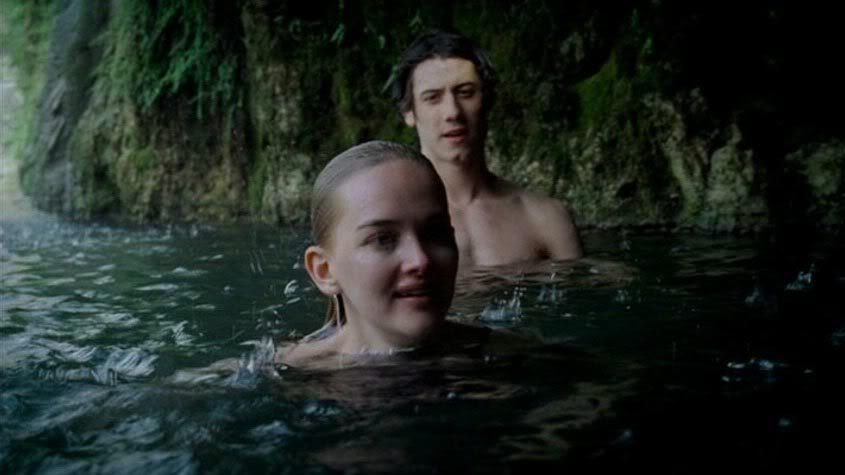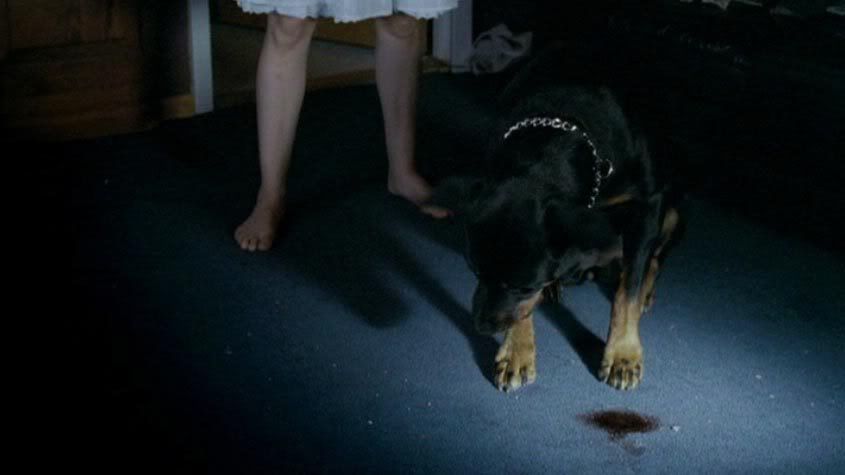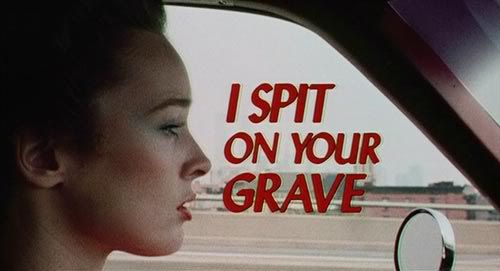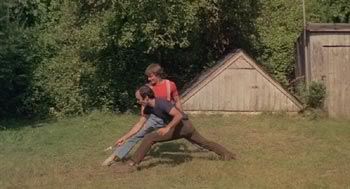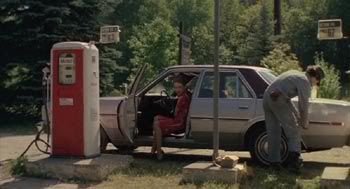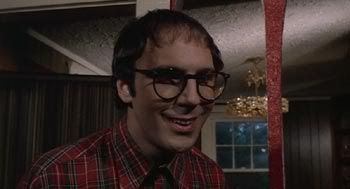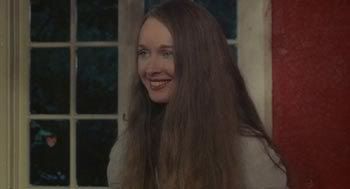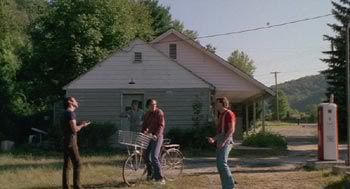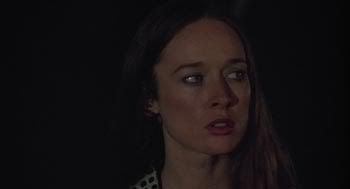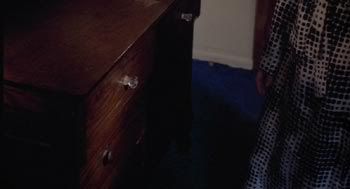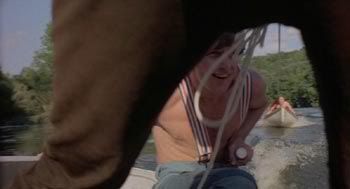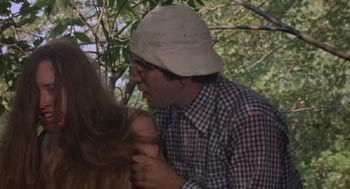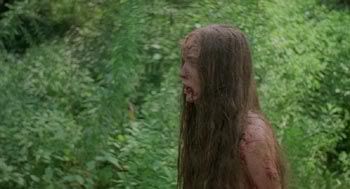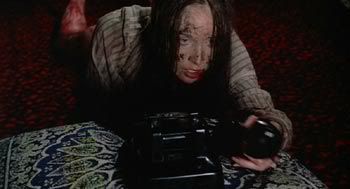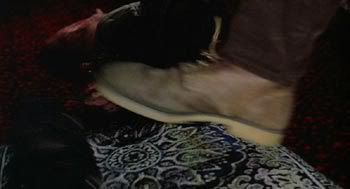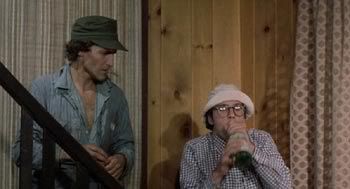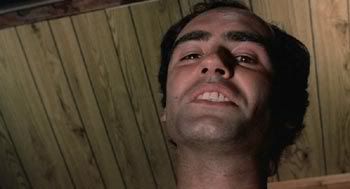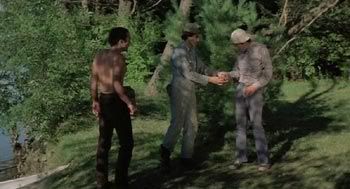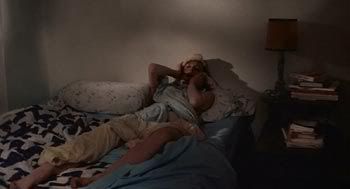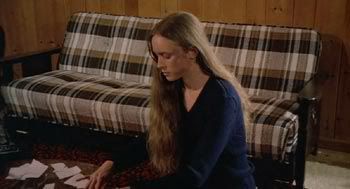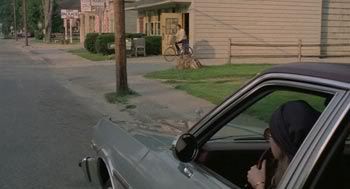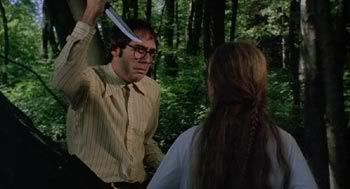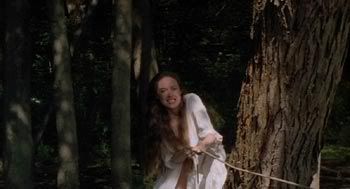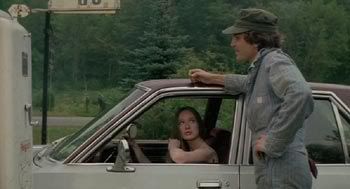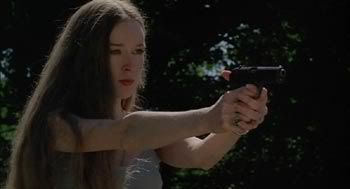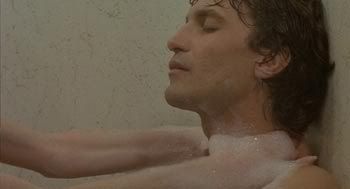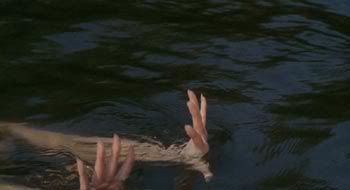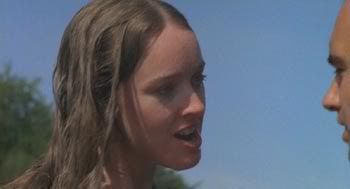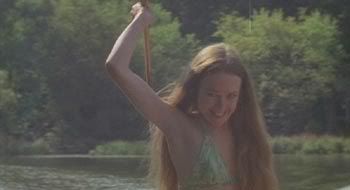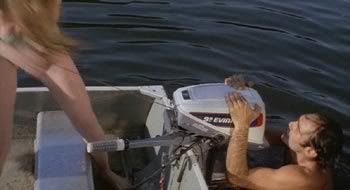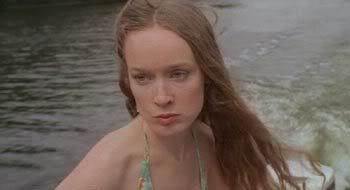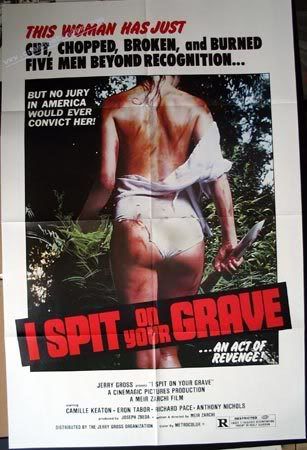B-Movie Bullsh*t - Part Twenty "The Anatomy of an Action Star"
B-Movie Bullsh*t
Part 20
In the Blood
(2014)
Synopsis
Ava and Derek are both recovering drug addicts, but their future seems bright now that they have found each other. While he comes from wealth and privilege, she was raised by a psychotic outlaw who taught her how to defend herself and survive at all costs. At their wedding, his father tries to convince him to make her sign a prenuptial agreement, but Derek refuses--saying he'd sooner be disowned first.
At first their honeymoon seems idyllic, but things turn dark at a nightclub when a local pimp takes a liking to Ava and starts a flight where she quickly proves how dangerous she can be when she and someone she loves are threatened.
The next day, the two of them go out zip-lining. Ava hates it and begs off from going any further after her first attempt. Derek continues, only to have his harness break before he makes it all the way across. Ava finds him still alive in the forest and an ambulance is called, but when she tries to get in it, she is told she cannot ride inside for "insurance reasons" and is given the card of the hospital he is being taken to.
Ava gets to the hospital only to find out that a Derek Grant hasn't been admitted to it or any other local hospital. The local police not only seem reluctant to help, but think that she likely killed him for his money. Desperate to find him and to learn the truth, Ava takes the violent skills she learned from her father and proceeds to beat a bloody path of rescue and revenge.
Of all the kinds of movie stars there are in the world, the action hero is the most inherently cinematic. Comedians can be funny onstage or on records; sex symbols can radiate their sensuality in photos; serious actors can seriously emote in plays or anywhere where the ability to recite dialogue and prose is an asset--but an action star truly depends on all that cinema has to offer to become the superhero the genre demands.
They rely on the skills of their directors, cinematographers. editors and--especially--stunt people to achieve their iconography, but that doesn't mean they are merely puppets--just the opposite. You can't MAKE someone a great action star. It's in their bones. You can see it in them. You can always tell when an imposter is thrust upon you.
It has nothing to do with acting. Very few of the truly great action stars have ever been adept at dialogue and those who are usually stumbled into the role, like Bruce Willis or Liam Neeson. In some cases it's purely a matter of physique--Arnold and Sly being the best examples of this--but more often than not the quality that separates the wannabes from the greats is this--the greats know what it's like to get punched in the face.
Charles Bronson was only 5'8", but he looked like a man who would keep getting up no matter how many times you tried to knock him down. When he went after punks in the Death Wish series, he was more silent, relentless and frightening than any terminator from the future. He was a man possessed, filled with darkness and ready to embrace the worst aspects of his humanity for the sake of his mission.
Gina Carano is also only 5'8", but she--unlike Charlie--is also a very beautiful woman. In interviews she comes across as shy and normal, but this is at odds with the fact that she first became famous because she is extraordinarily skilled at hurting people.
I've never followed MMA and couldn't tell you the difference between a Strikeforcer or an Ultimate Fighter. This is why Carano's career as a breakout ass-kicker was completely unknown to me the first time I ever saw her--when she was billed as "Crush" in the short-lived network attempt to reboot the syndicated 90s American Gladiator phenomenon. Despite this, I instantly saw her as someone special. Even though she wasn't much bigger than the contestants she was pitted against, she stood out as someone unique and exceptional. She had a physical credibility that was louder than anything she could say.
And clearly I wasn't the only person who noticed this. Steven Soderbergh saw it too. He had the screenplay for Haywire written specifically for her after seeing her interviewed on television--in much the same way he made The Girlfriend Experience after becoming intrigued by a young porn star named Sasha Grey.
Despite being heavily influenced by the action films of the 80s, Soderbergh's instincts are far too tasteful and cool to ever resort to out and out pastiche. This explains why Haywire ending up being more a mediation on the nature of such films--one that tailored itself to stand apart as singular even while it attempted to tell a story we'd seen hundreds of times before.
And though its pretensions left some genre fans frustrated, there was no denying how well the film showcased the attributes that brought Carano to Soderbergh's attention. But it did beg the question of how she would fare once she started working with other filmmakers who lacked his skill, taste and attention. People noted the lengths he went to put her in the best possible light--limiting her dialogue, keeping her character stoic and (most significantly) digitally lowering her natural speaking voice in the sound mix.
The general assumption was that she would be set adrift into the same world of dreary low-budget DTV/Netflix films where so many of her male action predecessors now dwell. And--on the surface--it would appear that her second starring feature, In the Blood, is exactly that--except that beneath that surface there's something far more interesting than its current 44% score on RottenTomatoes would suggest.
Directed by former My Science Project star John Stockwell, In the Blood features several of the tropes found in his previous work--the exotic tropical locations of Blue Crush, Dark Tide and Into the Blue, as well as the xenophobic western-distrust of brown foreign people depicted in Turistas.
In terms of plot, the film most immediately conjures up recollections of the Taken franchise (with additional shades of Breakdown and Roman Polanski's Frantic), but switches tradition by placing a male character in the role of the loved one who needs to be saved by the unrelenting, unforgiving badass whose past has made her perfectly suited for this exact situation.
Many might roll their eyes at this gender swap, but I don't consider it insignificant. There is a marked and undeniable difference in how this world regards men who look like Liam Neeson and women who look like Carano, and within the expanse of this disparity there are tensions that make these films as different as they are the same.
I've seen several critics who have been taken aback by the level of Carano's ferocity in the film, arguing that at a certain point her lack of mercy makes her unsympathetic. Many viewers will surely be disturbed by the bloody footprints her sandals leave after she has compelled a crooked cop to cut his own throat with a box cutter rather than have his young sleeping daughter awakened by a gunshot.
Yet her actions don't feel out of place within the context of the plot and--especially--the genre, where mercy is inevitably compromised in the name of the mission. Carano using a shovel to split open another crooked cop's face is no more violent than Ryan Gosling stomping a thug's face to oblivion in Drive, yet it packs a harder, even more visceral punch.
Films haven't regulalrly conditioned us to expect such brutality from a female protagonist and those that have often resort to a degree of visual hyperbole that allows us to dismiss what we're seeing as a fantasy. In Kill Bill, Uma Thurman's Beatrix Kiddo decimates dozens and dozens of sword-wielding gang members in the House of Blue Leaves, but the onslaught of decapitations and arterial sprays is played more for laughs and ultimately feels more akin to Monty Python and the Holy Grail than The Wild Bunch. Compare this to the much briefer bar fight in In the Blood, where Carano throws bottles of beer, smashes a cocktail glass against another woman's face and breaks a man's arm using a fighting hold viewers have actually seen her employ in real life combat. In this case we aren't given the luxury of willful disbelief--instead we get the sense we're viewing something that could actually happen if you pissed Carano off enough.
And I suspect that it's this authenticity that disturbs some viewers. Carano's background makes it harder for us to deny the plausibility of her actions. Unlike Angelina Jolie in Salt or Wanted, Carano's presence has a density that makes us wince every time it's inflicted upon someone--regardless of how much they deserve it or not.
Which is why I feel like the question mark hanging over Carano's acting career can be justifiably erased. While the quality of her films is going to vary, I believe what she brings to the genre is too interesting to be ignored or dismissed. She is literally too powerful a presence to be denied.
And her performance in the film suggests she might end up becoming a much better actor than anyone might expect. Though some of her line readings here are a bit clunkier than one might like, she also excels in quieter moments that require her to show her emotions rather than express them. Her increasing fear and desperation as she travels from hospital to hospital in search of her missing husband is palpable and totally convincing.
More often than not the moments that don't work fail because they've been poorly scripted and staged. An important scene at the restaurant where she and her husband meet the character who will set the entire plot in motion is cringe-worthy in its awkwardness, especially since the film can't disguise the fact that the only reason the character introduces himself to her is because the film can't officially begin until he does. It's so poorly thought out that not even Meryl Streep and Daniel Day-Lewis could make it work.
The film is also betrayed by its use of digital video. While many filmmakers working today have managed to do great things with the technology, In the Blood's early scenes look too much like something you would see in a low-budget cable TV drama than a present-day feature. Gradually this inauthentic gloss fades once the film starts using darker and grittier tones, but those first 20 minutes definitely dig a hole the movie has to spend the rest of its running time climbing out of.
But its biggest failure comes in an ending that hinges on what can only accurately be described as "Danny Trejo ex machina". Not only does it come out of nowhere and feels completely unjustified, but--for the sake of a happy ending--robs Carano of her agency and control over the situation. It's the only moment in the film where she is put in the position of having to be saved and it feels like a betrayal to the character and what she has gone through. Given what we've seen her do, it's impossible not to feel cheated when Machete suddenly appears and allows her to escape back to her comfortable life without consequence.
A better film might have still allowed Ava to get away with what she did, but it would also have required at least some degree of personal sacrifice.
As a low-budget B-movie action film, In the Blood is not without its many flaws, but I found it surprisingly compelling once the action began. As ludicrous as it often was, I never doubted its star, which in an effort like this makes it more the exception than the rule.
And while I expect Gina Carano will appear in much worse films as her career goes on (and hopefully many betters ones as well), I look forward to seeing them all because there is no other action movie star like her working today and--with all apologies to you Cynthia Rothrock fans out there--probably never has been.












































































 For example, there’s the famous scene in
For example, there’s the famous scene in 


